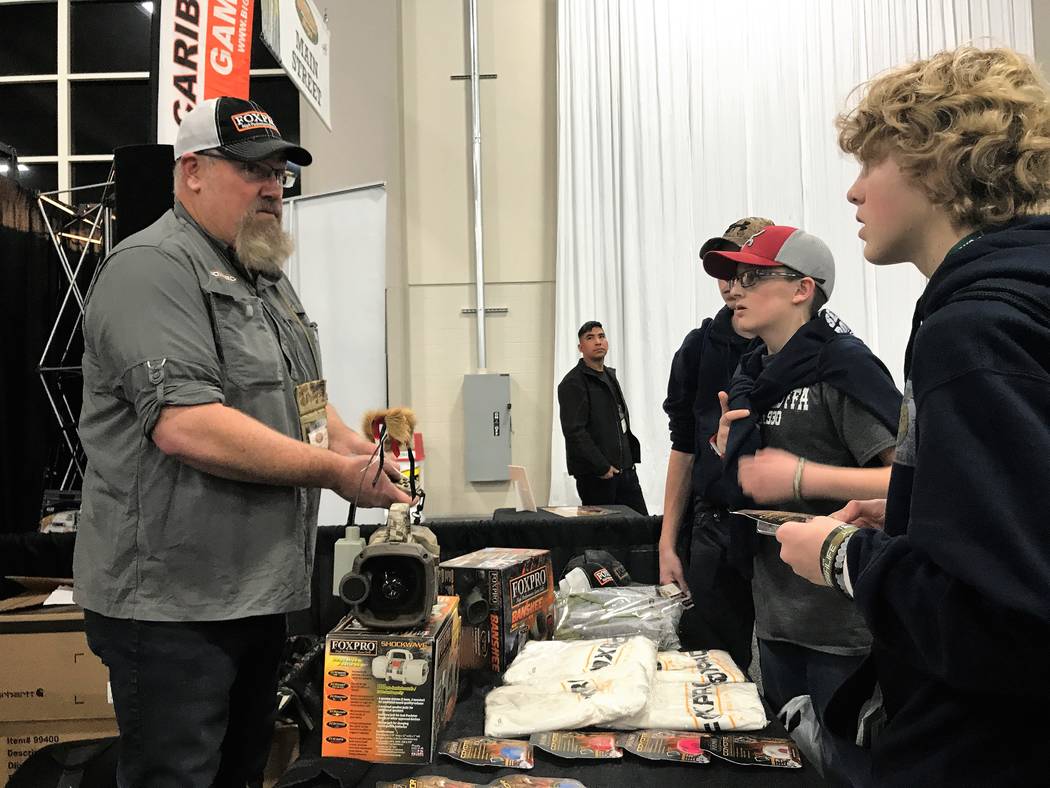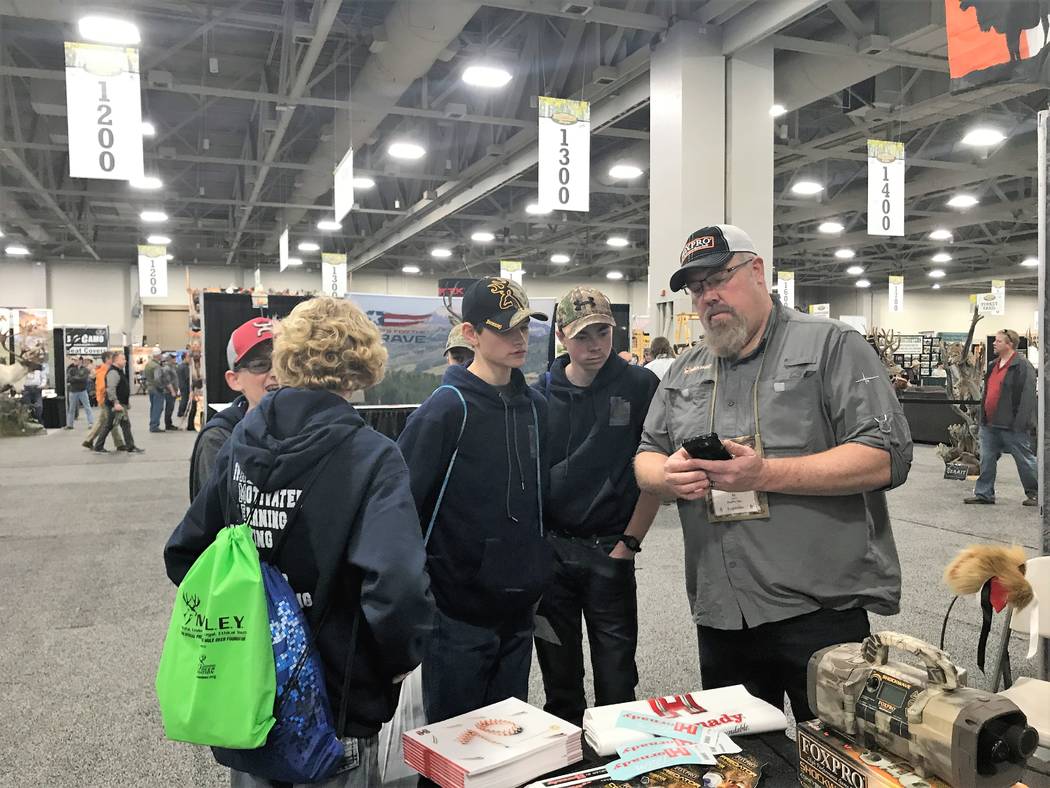Champion coyote caller Al Morris shares secrets of the hunt
While strolling among the exhibits at the Western Hunting Conservation Expo in Salt Lake City, Utah earlier this month, I bumped into Al Morris, host of FOXPRO Hunting TV and three-time winner of the World Coyote Calling Championship.
But coyote calling is only one of his specialties.
I first met Morris about 15 years ago at an outdoor show where he was teaching hunters the finer points of calling big bull elk with a diaphragm call. Something the Payson, Utah native learned when he was just 15 years old from the legendary call-maker Wayne Carlton.
Morris went on to claim victories at the World Elk Calling Championship, the Northeastern Elk Calling Championship, the Best of the West contest and the Utah State Bugling Championship.
Through the years, I have interviewed Morris several times. And despite his busy schedule, he has willingly shared what he knows. Such was the case when Morris extended his hand to me at the Hunting Conservation Expo and invited me to sit down so we could talk about coyote hunting.
“There are coyotes from the east coast to the west coast. Last year, I called coyotes from California to Vermont and from Texas to Alberta, Canada,” said Morris. “There are coyotes in every section of the United States.”
The key to a successful hunt is learning where they live.
“It’s like, you know that they say, 10 percent of the fishermen catch 90 percent of the fish, and I think 10 percent of the coyote hunters kill 90 percent of the coyotes,” he said. “And it’s because they have learned where those coyotes live in those areas.”
So how do you find out where a coyote lives? Get outside and look around.
“If a guy’s out deer hunting, quail hunting, antelope hunting, whatever — and they see a coyote, that coyote lives there. You saw him there. Next best thing is finding their tracks and their scat,” Morris explained.
Once you start seeing coyotes or evidence of their presence, Morris recommends using an electronic game call. The calls he uses to get a reaction from coyotes are a coyote group yip howl, a coyote locater, and a siren.
“You ever hear a siren go through town and all the dogs start howling?” he asked.
Morris said he likes to go out at night to locate coyotes. He sets up to call about every two miles. In two or three nights he’ll have the coyotes living in an area figured out.
“I don’t go fishing without a fish finder. I don’t go coyote hunting without locating those coyotes. I locate the coyotes that I hunt, and then I move in close to ‘em,” he said.
Another key to finding coyotes is recognizing they are territorial and using that trait to your advantage.
“There is only a few more animals on the planet that are more territorial than a coyote. So if you walk into a coyote’s territory and do single lone howls – single lone howls are the number one thing that I think a coyote will come to — you go play a single lone howl and sit there for five minutes and a coyote’s probably going to show up. They want to see who’s in their area.”
Morris hunts coyotes 365 days a year, but his favorite months are October, November and December. That’s what Morris calls the dispersal period, the time when breeding adults kick the young out of the den to make room for the next batch.
When picking a place to call coyotes, Morris prefers an elevated location where he can see what’s coming.
“I like knobs. I like arroyos where I can get up on the edge of a canyon. I like the edge of mountains. I like to get height, but there are places out there that are flatter than a pancake. So, you just got to get down there with the brush. In those cases, I take a shotgun and you want to call them in close.”
Freelance writer Doug Nielsen is a conservation educator for the Nevada Department of Wildlife. His “In the Outdoors” column, published Thursday, is not affiliated with or endorsed by the NDOW. Any opinions he states in his column are his own. Find him on Facebook at @dougwritesoutdoors. He can be reached at intheoutdoorslv@gmail.com.





























